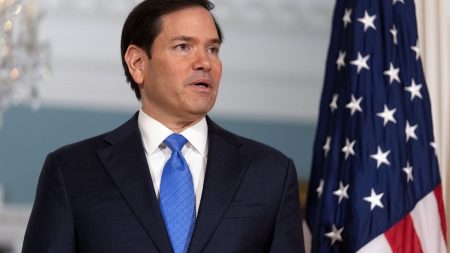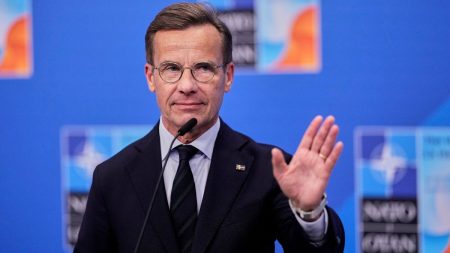Social media companies in Australia are actively lobbying the government to postpone the introduction of proposed legislation that aims to restrict children under the age of 16 from accessing social media platforms. The legislation, recently introduced in the Australian parliament, has stirred considerable debate among industry advocates and lawmakers. Sunita Bose, the managing director of the Digital Industry Group Inc., has emerged as a key figure in this discussion. During a Senate committee hearing, she voiced concerns about passing this legislation without the results of a government-commissioned evaluation of age assurance technologies, which is expected to be completed by June. Bose contends that the Parliament’s haste in enacting such a significant law could overlook essential technological and practical aspects necessary to implement the age verification systems effectively.
The proposed legislation imposes severe financial penalties, with fines reaching up to 50 million Australian dollars for social media platforms failing to prevent children from creating accounts. Despite the pushback from industry advocates like Bose, it appears that the bill is on the trajectory to be passed, backed by major political parties. The timeline allows social media platforms a year after the law’s enactment to adapt and develop technological solutions that would ensure compliance while also safeguarding users’ privacy. This timeframe aims to strike a balance between enforcing age restrictions and not compromising the privacy rights of users, a critical consideration in our increasingly digital world.
Communication Minister Michelle Rowland has supported the legislation and expressed her eagerness to review the Senate committee’s assessment of the proposed law, which she believes empowers parents in their efforts to restrict children’s access to social media. Rowland underscored that social media in its current configuration poses significant risks to young users, describing it as “not a safe product.” She emphasized that growing up should encompass more than just navigating the challenges of social media, which often includes unhealthy aspirations fueled by influencers and constant engagement with digital devices. Her statements highlight a broader societal concern regarding the impact of social media on youth mental health and well-being.
During the Senate hearings, Bose faced intense scrutiny from several senators, particularly regarding the prevalence of children circumventing existing age restrictions on platforms like Instagram, Snapchat, and YouTube. Opposition Senator Ross Cadell raised alarming concerns about his 10-year-old stepson accessing these platforms, despite their nominal age restrictions set at 13. In her response, Bose acknowledged the shortcomings in how the industry manages age verification but cautioned that banning young users from mainstream social media risks pushing them towards darker and potentially more dangerous online spaces. This perspective sheds light on the complexity of addressing online safety for children in an age where digital engagement is ubiquitous.
The exchanges in the Senate hearings also reflected the contentious divide between protecting children and the interests of big tech companies. Senator Sarah Henderson shot back at Bose’s statements, accusing her of prioritizing the welfare of major corporations over the safety of children. This back-and-forth illustrates the growing tensions between technology advocates and policymakers seeking to regulate the industry. As the debate unfolds, it poses critical questions about who bears responsibility for safeguarding minors in the digital realm, and whether legislation can realistically achieve its intended goals without significant industry cooperation.
In conclusion, the current discourse around proposed age restrictions on social media usage for children under 16 in Australia underscores the mounting pressure on the government and technology sector to ensure child safety online. As advocates call for more rigorous legislation, they are met with concerns about the practicalities of enforcement and the broader implications of such restrictions. Ultimately, finding common ground that protects children from the adverse effects of social media while allowing for safe and meaningful digital engagement remains a critical and ongoing challenge for lawmakers and industry stakeholders alike.














